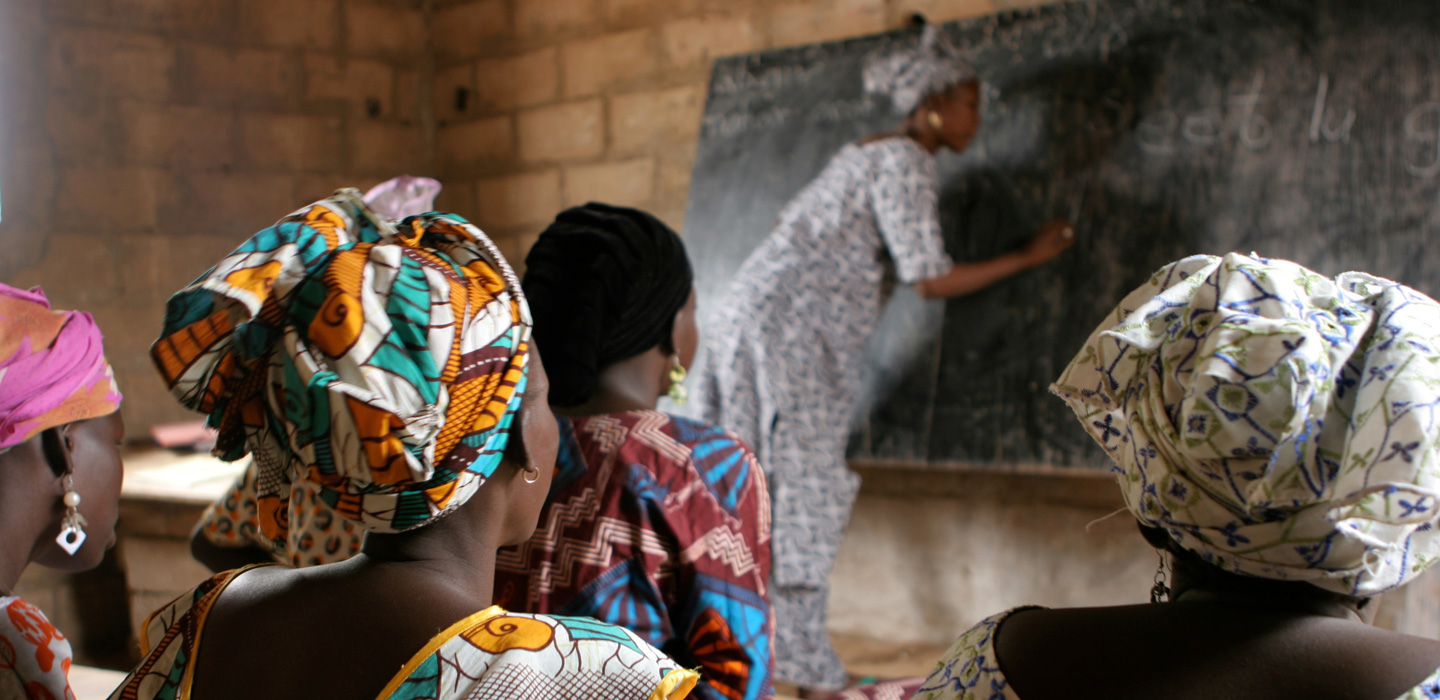Conocimientos
Recursos

Recursos
Search Results Filters
Resultados de la búsqueda
Scaling up note: Ghana
Note sur la transposition à plus grande échelle: Nigéria
Scaling up note: Egypt
Scaling up note: Ethiopia
Scaling up note: Peru
Scaling up note: Sudan
Scaling up note: Bangladesh
Scaling up note: China
GEF Sao Tome & Principe facsheet
Promoting the leadership of women in producers' organizations - Lessons from the experiences of FAO and IFAD
This shortage is compounded by women’s lack of voice in decision-making processes at all levels − from households to rural organizations − and in policymaking.
GEF Ghana facsheet
because of the difficult access to markets.
La ventaja de las políticas
Scaling up note: Mauritania
Scaling up note: Indonesia
Changing lives through IFAD water investments: a gender perspective
Executive summary, final report on the participatory impact evaluation of the Root & Tuber Improvement & Marketing Programme in Ghana
Climate change and food security - Innovations for smallholder agriculture
Climate change is the most compelling challenge facing the world today. It affects rural smallholders across the developing world, with effects that pose a grave threat to their own, and to the world’s food security.
A new generation of rural transformation : IFAD in Latin America and the Caribbean
The Latin America and the Caribbean region is a different place than it was 25 years ago. Today, every nation except Haiti is categorized as middle income. The region has reduced poverty by half, and the prevalence of hunger has declined by almost two thirds. More than half the adult population has attended secondary school.
Rural areas are changing too. They are no longer narrowly defined by their food production role, and key issues encompass many non-agricultural topics – including non-farm employment opportunities, especially for young people and women; migration and remittances; social protection; and the role of secondary cities.
Toolkit: Integrated homestead food production
Since its founding, IFAD has focused on enabling smallholder farmers to increase agricultural production and productivity as a means for reducing poverty.
However, experience shows that increased productivity and incomes do not automatically translate into improved nutritional status of poor rural people, especially women, young people and children.